Hi, I'm Vero! I received my MSc in physics from the University of Vienna. Before that I studied classical piano at the University Mozarteum in Salzburg.
I joined nRIM for my out-of-field rotation in Sept 2024. For my lab rotation project I worked on data sonification of data acquired from a mouse running on a treadmill. Data sonification means making data audible instead or additional to making it visible. I was inspired by blind and visually impaired astronomers who analyse their data by ear. It is a great method for exploring new ways for analysing data in any scientific field and for making scientific results more accessible. For this, I enhanced my python programming skills, and made data audible myself for the first time.
In my free time, I like to explore Okinawa, train aerial acrobatics and craft miniature houses for my bookshelf.
Rotation students
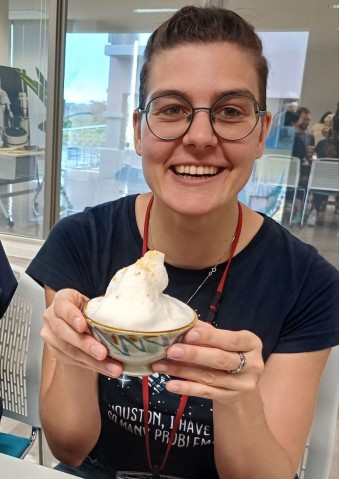
Veronika Leonie Bachleitner
Rotation student (Sept - Dec 2024)
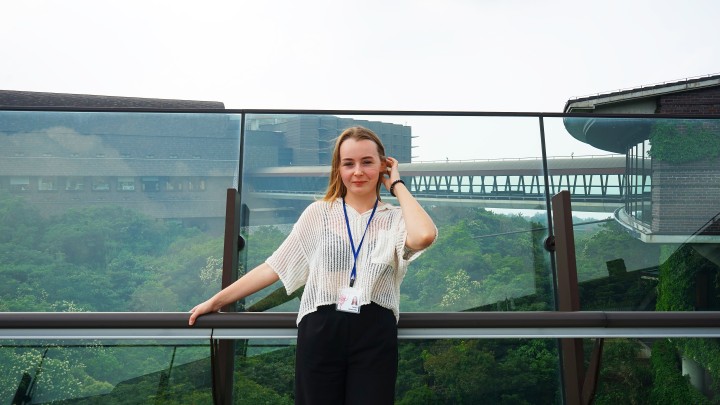
Tetiana Salamovska
Rotation student (May - Aug 2024)
はいさい! I obtained my BSc in biophysics and bioinformatics at Taras Shevchenko National University of Kyiv and later earned my MSc in molecular physiology and biophysics at Kyiv Academic University. My fascination with neuroscience began in school but truly developed during an internship with Dr. Stobart in Canada, where I delved into glial cell research. Now, as a PhD student at OIST, I am excited to explore new frontiers in neuroscience, particularly in computational neuroscience as I am transitioning from a focus on experimental biology. And I believe that my rotation at the nRIM unit offers the perfect opportunity to do so.
In my free time, I enjoy reading, playing video games, and trying various water activities in Okinawa.
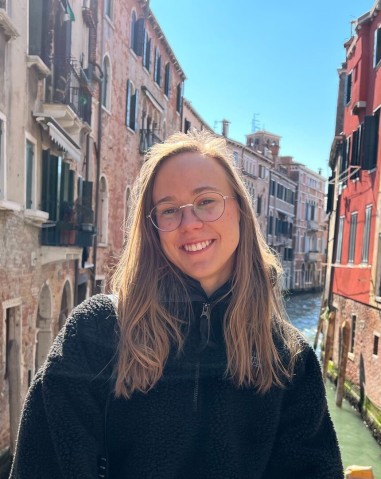
Tara Helmi Turkki
Rotation student (Sept - Dec 2022)
I obtained my BSc in biochemistry and cell biology with a minor in psychology at Jacobs University Bremen, Germany and have come to OIST to focus my research to the field of neuroscience. My interests began back in high school when I first had the opportunity to get a glimpse into the power and potential of research in terms of long-term improvement of human health, as well as expanding the limits of our knowledge of the brain. Throughout my PhD, I aim to reach for that potential, never stop asking questions, and learn new things with every new obstacle that I face, while also having fun on the way.
During my rotation at the nRIM unit, I aim to explore the effects of GCaMP6s expression in the inferior olive, in terms of mouse motor function (or dysfunction).
I enjoy outdoor activities like snorkeling and hiking, but also love to spend a rainy day on the couch watching movies.
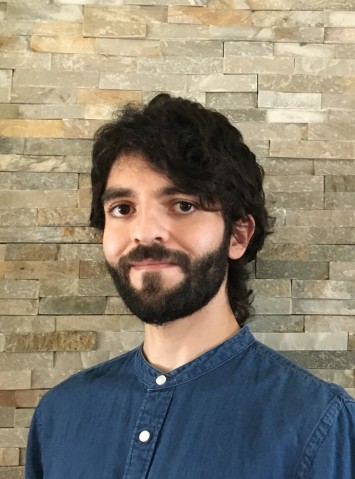
Fregoso Fernandez Esteban Gabriel
Rotation student (Jan - Apr 2022)
I am a medical doctor from Mexico. I graduated from Universidad de Guadalajara and worked in the clinical field for 3 years. In that time, I joined 2 neuroscience laboratories and got experience in basic and clinical research. Then, inspired by the lack of treatment options for neurological diseases/injuries, I decided to study an MSc in Regenerative Medicine at the Queen Mary University of London.
Now I want to continue studying neuro-regeneration at OIST for my Ph.D. and conduct translational research in the long-term future. During my rotation project at the nRIM lab, I will analyze electron microscopy images of neurons from the inferior olive and reconstruct them in 3D to get anatomical cues that could yield functional correlates.
In my free time, I enjoy listening to music while painting/drawing, cycling outdoors, reading, or cooking. Also, videogame and film enthusiast.
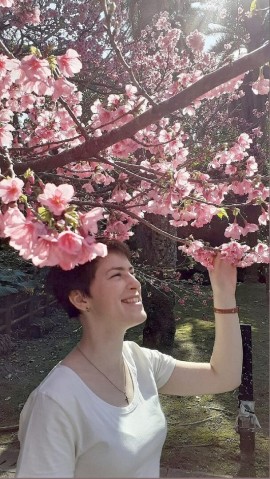
Aleksandra Gavrilova
Rotation student (Sep - Dec 2021)
I was born and raised in Latvia, but I moved to Russia, where I received my BS (Biophysics) and MS (Applied Physics) in Saint Petersburg Polytechnic University. I was always interested in science, starting from last years of high school, and this interest grew gradually during my studies in the university. I consider myself more a biophysicist, rather than neuroscientist, but it doesn’t prevent me from being curious about how the brain works, how neurons interact with each other and how it is possible to record and visualize this interaction using various tools. I have joined nRIM Unit as a rotation student in September 2021. During my rotation I will study morphological characteristics of nucleo-olivary cells located in cerebellar nuclei using viral labeling technique and confocal imaging. It is a great opportunity for me to pursue my interest in neuroimaging, which hopefully will continue in my PhD work.
In my spare time I enjoy swimming, reading and playing piano/guitar.
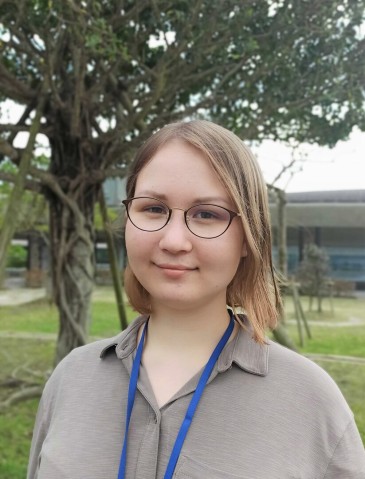
Mariia Pavelchenko
Rotation student (Jan - Apr 2021)
I received my MS in Applied Mathematics and Physics in Moscow Institute of Physics and Technology. During my MS I discovered my curiosity in Neuroscience and decided to apply for PhD position in OIST. I am particularly interested in how neurons encode and transfer information and how can we distinguish information patterns in biological data. In January 2021 I joined nRIM unit as rotation student. During the rotation I studied action tremors in mice using motion capture recording of mice with harmaline-induced tremors. I enjoyed weekly discussions of my work with lab members, which significantly improved my critical thinking and contributed to my growth as a scientist.
In my spare time I like playing piano, swimming and cycling.
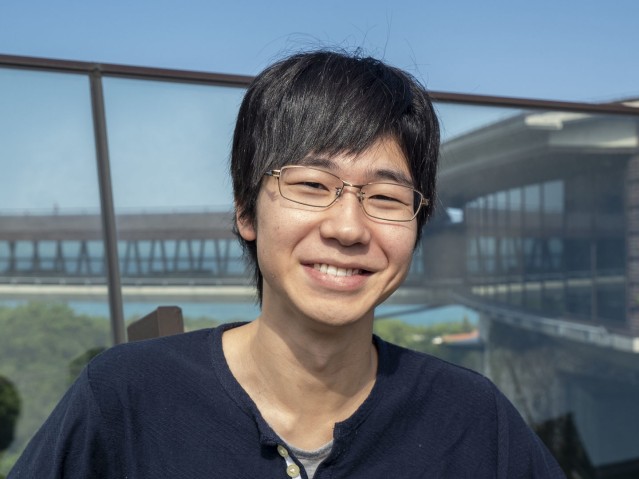
Munenori Takaku
Rotation student (Sept - Dec 2019)
I joined the nRIM in September 2019 as a rotation student. My major is Computational neuroscience and I have a MSc of Information Technology. In OIST I’m interested in the interdisciplinary research especially between biology and computer science in neuroscience field, so in nRIM I would like to get more understanding of biological experiment and experience of processing real neuronal data with analysis and simulation of Purkinjie cells activity.
In my spare time I watched a lot of sports. Every winter I often go snowboarding but there is no snow mountain in Okinawa, so I’m learning surfing now.
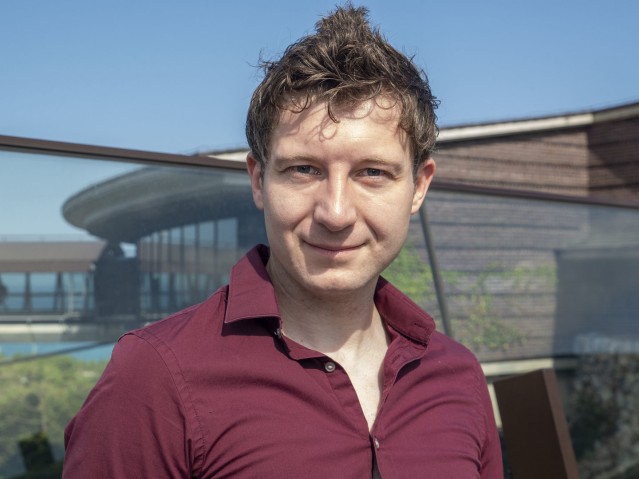
David Biebrauer
Rotation student (Sept - Dec 2019)
Being one of OIST's 2019 PhD imports, I was joining the unit as a rotation student in September. Born and raised in Berlin I did my Bachelor's and Master's at the Humboldt University in Biophysics. After I finished my studies I took the first flight out of the city and went to Vancouver where I - apart from skiing and hiking - worked at the University of British Columbia in the field of neuroscience. Having a mostly computational and method oriented background I started to work on high-throughput homecage systems with an automated 24/7 data acquisition and analysis pipeline for mice in neuroscientific research.
In the nRIM I want to further exploit my previous experiences with data acquired from (nearly) freely behaving animals. My current work focuses on understanding the specifics of different movements and how these can be uniquely identified by corresponding sets of parameters derived from motion capture recordings.
In my free time I like to go to concerts, do water sports and try to find the biggest cupcake you can buy for little money.
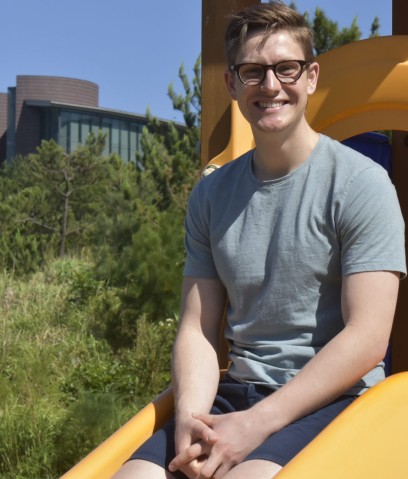
Rasmus Ingvarsson
Intern student (April - June 2019)
I am a Swedish medicine student, doing my bachelor thesis at the Neuronal Rhythm in Movement Unit at OIST. During my eight weeks as a research intern, I will be focusing on learning more about the olivocerebellar system and get a better understanding of the world of science in general. My thesis will be based on analyzing pictures of neurons and glia cells from the inferior olive, produced with confocal microscopy. A big part of being at OIST it the privilege to be surrounded by smart and interesting people from all over the world. I therefore spend a lot of my free time enjoying meeting new people to learn and grow by exchanging experiences and knowledge.
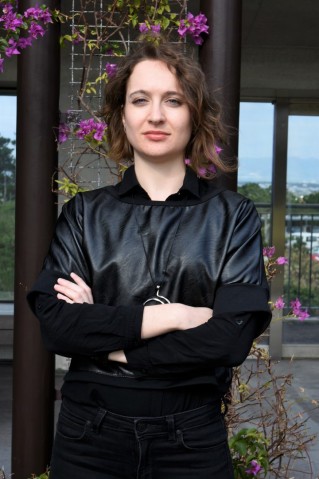
Božena Silić
Rotation student (Jan - Apr 2019)
I received my master’s in Rehabilitation and Special Education with a focus on the use of humanoid robots in Autism Spectrum Disorder interventions. Here at OIST I am mainly interested in the altered motivational processes in ADHD, especially in the punishment sensitivity in ADHD. Then why lab rotation in nRIM? I wanted to have Yoe as my supervisor, learn more about the role of the cerebellum in ADHD, and I was also interested in learning more about designing and carrying out animal behavior experiments. So here I am, doing exactly what I’ve wished to do, while enjoying in this beautiful island.

Yang Mi
Rotation student (Sep - Dec 2018)
I joined the Neuronal Rhythms in Movement Unit in September 2018 as a rotation student. Before coming to OIST, I received my BSc (Bioengineering) and MSc (Neurobiology) degrees from Shanghai University, China. Here in nRIM, I am enjoying visualizing beautiful neurons. It is a great opportunity to pursue my interests in neuroimaging and broaden my knowledge in motion capture. In my free time, I enjoy being a fan of ARASHI.
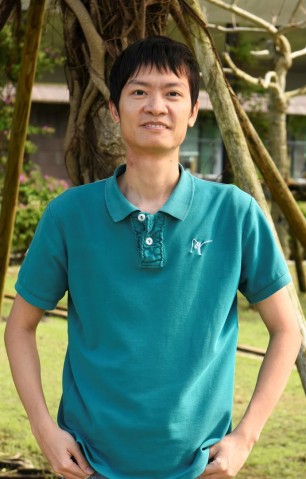
Thai Hoa Huynh
Intern student (Oct - Dec 2018)
Thai Hoa Huynh obtained his MSc. in Biomedical Engineering at Ruprecht-Karls-Universit‰t Heidelberg (Germany), and Bachelor of Engineering (Electrical) at National University of Singapore. In Master degree, his study focuses on different aspects of biomedical image computing (including CT, MRI, Ultrasound).
During his internship at OIST, he was with Neuronal Rhythms in Movement Unit and participated in developing Motion Capture technology, which enables advanced researches on animal behaviors and neuroscience. He had good opportunities to learn about cutting-edge researches, work on the real project alongside of top experts. He loves to work in a highly diverse team (like nRIM), where every member comes from a different country.
In spare time, he enjoys learning about different cultures, exploring different cuisines and sight-seeing.
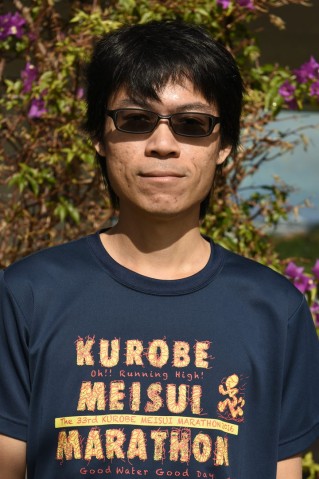
Hoching Chiu
Rotation student (Jan - Apr 2018)
I studied cognitive psychology before coming to OIST, and I planned to switch to research learning and decision making from a computational approach. As this is my out-of-field rotation, my personal research goal did not directly related to the lab's. Despite this gap, Yoe seriously took into account my preference and we decided to go on with a programming project of writing a script for automatically detecting and quantifying markers from video data. I discussed with Yoe on a weekly basis and her guidance was very helpful on improving my coding practice. Eventually, also with the support of other lab members, I was able to complete the project without much prior coding experience. That said, the lab rotation greatly strengthened my programming skills which are important in bridging my previous experience to future research. Last but not least, everyone in this lab is very friendly and helpful, so I really enjoyed my time here as a rotation student!
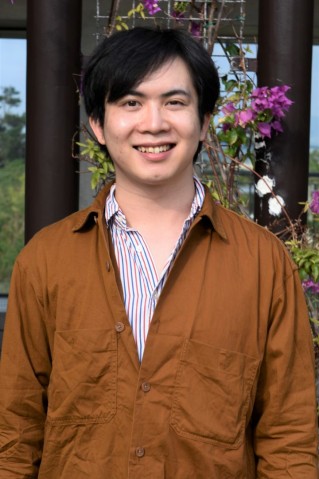
Hu Xunwu
Rotation student (Apr - Sep 2017)
As a cell biologist, I was drawn to microscopy and bio-imaging from the first time that I observed Paramecium propels itself by whiplash movements of the cilia. Holding the goal to explore the tiny wonders of nature, I joined Neuronal Rhythms in Movement Unit from April to September 2017 as a rotation student. During my rotation, I labeled and identified Cerebellar Nuclei-Olivary Neurons by quantitative morphometry, which has exposed me to not only advanced microscopes but also the disciplines of quantitative imaging.




